简体中文与繁体中文是什么
Simplified Chinese and Traditional Chinese:What’s the Difference and Which One Should You Learn?
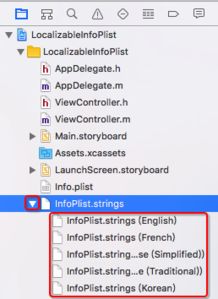
Simplified Chinese and Traditional Chinese are two writing systems used to represent the Chinese language. While both systems convey the same meaning, they differ significantly in terms of character complexity, history, and usage. Understanding the differences between these two systems and deciding which one to learn can be challenging, especially for those new to the language. In this article, we will explore the essentials of Simplified Chinese and Traditional Chinese, their histories, the key differences, and some practical considerations for learners.

The Origins and Histories
Simplified Chinese (简体字)
Simplified Chinese, also known as Simplified Hanzi, was officially introduced in China in 1956 as part of a broader cultural and literacy campaign. The primary goal was to increase literacy rates by making the written language easier to learn and write. Before this, Traditional Chinese characters were used, which have a long and complex history dating back thousands of years.
Simplified Chinese involves reducing the number of strokes in characters, often combining radicals or simplifying complex components. This reform aimed to streamline the language and make it more accessible to the masses, particularly in an era where educational resources were limited.
Traditional Chinese (繁体字)
Traditional Chinese, also referred to as Traditional Hanzi, has a much older history, tracing its roots back to ancient Chinese scripts. It has evolved over centuries, incorporating various scripts and styles, such as seal script, clerical script, and regular script. Traditional characters are generally more complex, with more strokes per character compared to their simplified counterparts.
Used predominantly in Taiwan, Hong Kong, Macau, and overseas Chinese communities, Traditional Chinese retains a strong cultural and historical significance. It is often viewed as a symbol of tradition and cultural heritage, playing a crucial role in various aspects of life, from education to media and entertainment.
Key Differences
Character Complexity
The most obvious difference between Simplified and Traditional Chinese lies in the complexity of characters. Simplified Chinese characters generally have fewer strokes, making them easier to write and read quickly. This simplicity is particularly beneficial for beginners and those looking to improve their writing speed.
Conversely, Traditional Chinese characters are more intricate, with more strokes and complex structures. This can make learning and writing more challenging, but it also adds a level of depth and artistic beauty to the language.
Usage and Regions
The use of Simplified and Traditional Chinese is largely determined by geographical and political boundaries. Simplified Chinese is the official written form in mainland China, Singapore, and Malaysia (among the Chinese community). It is also widely used in digital platforms and international contexts where Chinese content is targeted at a broader audience.
Traditional Chinese, on the other hand, is the standard in Taiwan, Hong Kong, Macau, and many overseas Chinese communities. It is used in formal settings, such as education, government publications, and media, reflecting a strong attachment to cultural traditions and heritage.
Cultural Implications
Both writing systems carry cultural significance, but in different ways. Simplified Chinese is often associated with modernity and progress, reflecting China's rapid economic and social transformation in recent decades. It is viewed as a tool for promoting literacy and education, particularly in rural and underserved areas.
Traditional Chinese, with its rich historical background, is seen as a bridge to the past, preserving ancient wisdom and cultural heritage. It plays a vital role in cultural identity and pride, especially among those who value traditional values and practices.
Learning Considerations
Which One Should You Learn?
The decision to learn Simplified or Traditional Chinese depends on several factors, including personal goals, intended usage, and cultural preferences. Here are some key considerations:
1. Personal Goals and Interests
If your goal is to improve literacy and communication skills, especially in mainland China or regions where Simplified Chinese is dominant, learning Simplified Chinese would be more practical. It’s easier to write and read, which can accelerate your learning process.
If you are interested in Chinese history, literature, and traditional arts, or plan to interact with communities that use Traditional Chinese, learning Traditional Chinese might be more appealing. It offers deeper insights into Chinese culture and heritage.
2. Intended Usage
Consider where you plan to use your Chinese skills. If you are studying or working in mainland China, Simplified Chinese is essential. Similarly, if you are targeting audiences in Taiwan, Hong Kong, Macau, or overseas Chinese communities, Traditional Chinese is more appropriate.
Keep in mind that while Simplified Chinese is dominant in digital and international platforms, Traditional Chinese still has a significant presence in traditional media, cultural events, and heritage sites.
3. Availability of Resources
Assess the availability of learning resources for both systems. Simplified Chinese has a wider range of materials, including textbooks, apps, and online courses, due to its wider use. However, resources for Traditional Chinese are becoming more abundant, especially in specialized learning centers and online platforms catering to overseas learners.
4. Cultural Connections
Think about your cultural connections and preferences. If you feel a stronger connection to traditional practices and values, learning Traditional Chinese might be more fulfilling. If you are more interested in contemporary Chinese culture and modern advancements, Simplified Chinese might align better with your interests.
Bridging the Gap
Despite their differences, Simplified and Traditional Chinese share a common linguistic foundation. Once you become proficient in one system, transitioning to the other becomes easier, as you will already understand the basic grammar, vocabulary, and sentence structures.
Many learners find it beneficial to start with Simplified Chinese due to its simplicity and widespread use. As they become more advanced, they can explore Traditional Chinese to deepen their cultural understanding and appreciation.
Additionally, tools and resources are available to help with the conversion between Simplified and Traditional characters, making it easier for learners to access and understand content written in both systems.
Conclusion
Simplified Chinese and Traditional Chinese are two distinct writing systems that reflect different historical, cultural, and practical considerations. Choosing which one to learn depends on your personal goals, intended usage, and cultural preferences.
Ultimately, both systems offer unique insights into the richness and diversity of Chinese language and culture. Whether you choose to learn Simplified Chinese for its practicality and modernity or Traditional Chinese for its historical depth and cultural significance, the journey of exploring this fascinating language will be rewarding and enriching.
-
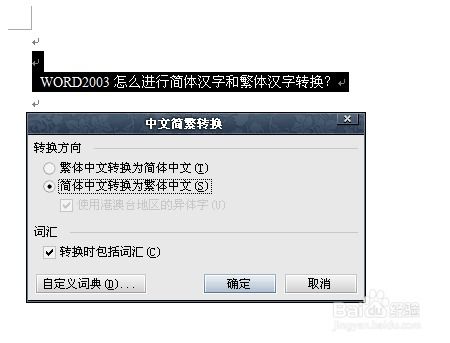 轻松学会:简体中文转繁体字的技巧资讯攻略11-15
轻松学会:简体中文转繁体字的技巧资讯攻略11-15 -
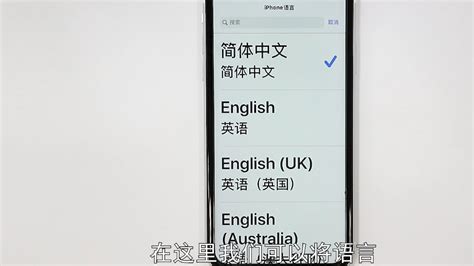 一键将手机繁体字转简体中文资讯攻略10-30
一键将手机繁体字转简体中文资讯攻略10-30 -
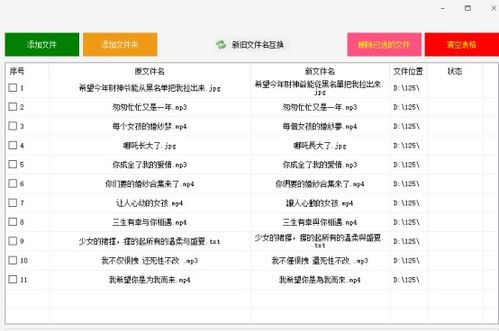 轻松学会:用百度翻译将简体中文转为繁体中文资讯攻略11-27
轻松学会:用百度翻译将简体中文转为繁体中文资讯攻略11-27 -
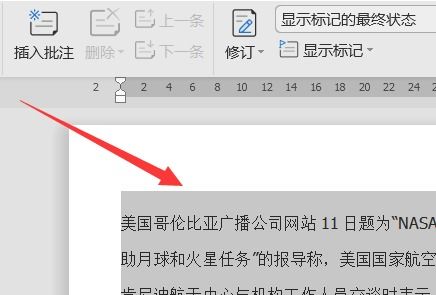 Word中将繁体转换为简体的方法资讯攻略12-04
Word中将繁体转换为简体的方法资讯攻略12-04 -
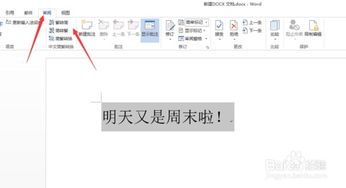 如何将简体字转换为繁体字资讯攻略10-31
如何将简体字转换为繁体字资讯攻略10-31 -
 轻松实现简体字到繁体字的快速转换!资讯攻略11-15
轻松实现简体字到繁体字的快速转换!资讯攻略11-15












